
Road-Trip Through Volcano Country
Climb cinder cones, clamber into lava tubes, cross obsidian flows, and sleep under starry skies.
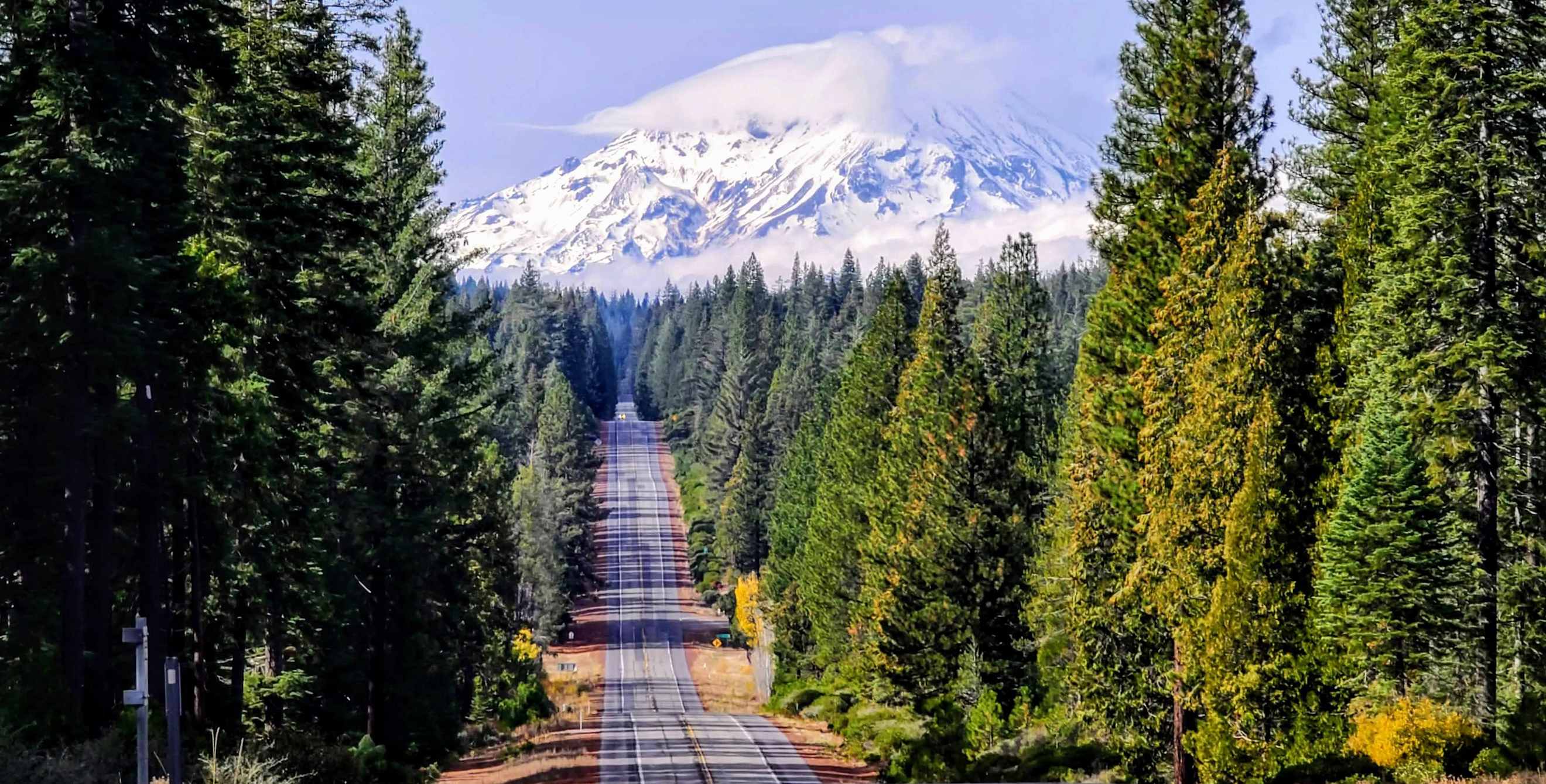
Connecting Lava Beds National Monument, Mount Shasta, Lassen Volcanic National Park, and the new Sáttítla Highlands National Monument, the southern section of the Volcanic Legacy Scenic Byway winds through an otherworldly landscape shaped by fire and molten rock. Looping from south to north, you’ll skirt conical peaks, cross expanses of coal-colored rock and ashy pumice, explore labyrinthine caves, and marvel at steaming fumaroles, all while resting and refueling in quiet mountain towns little changed from their 19th-century origins.

Mount Lassen, Chester, and Lake Almanor
Located where the north fork of the Feather River flows into Lake Almanor, the village of Chester makes an ideal starting point from which to explore Lassen Volcanic National Park.
Stay in one of the nine cleverly themed rooms at dog-friendly Timber House Lodge and dine steps away at the Timber House Brewery, which serves up a selection of burgers and sandwiches along with specials such as Cajun shrimp pasta alfredo or lemon-roasted half chicken. In the morning, fuel up on fresh-baked buttermilk biscuits and sausage gravy at Cravings, a homey café and bookstore with a garden patio.
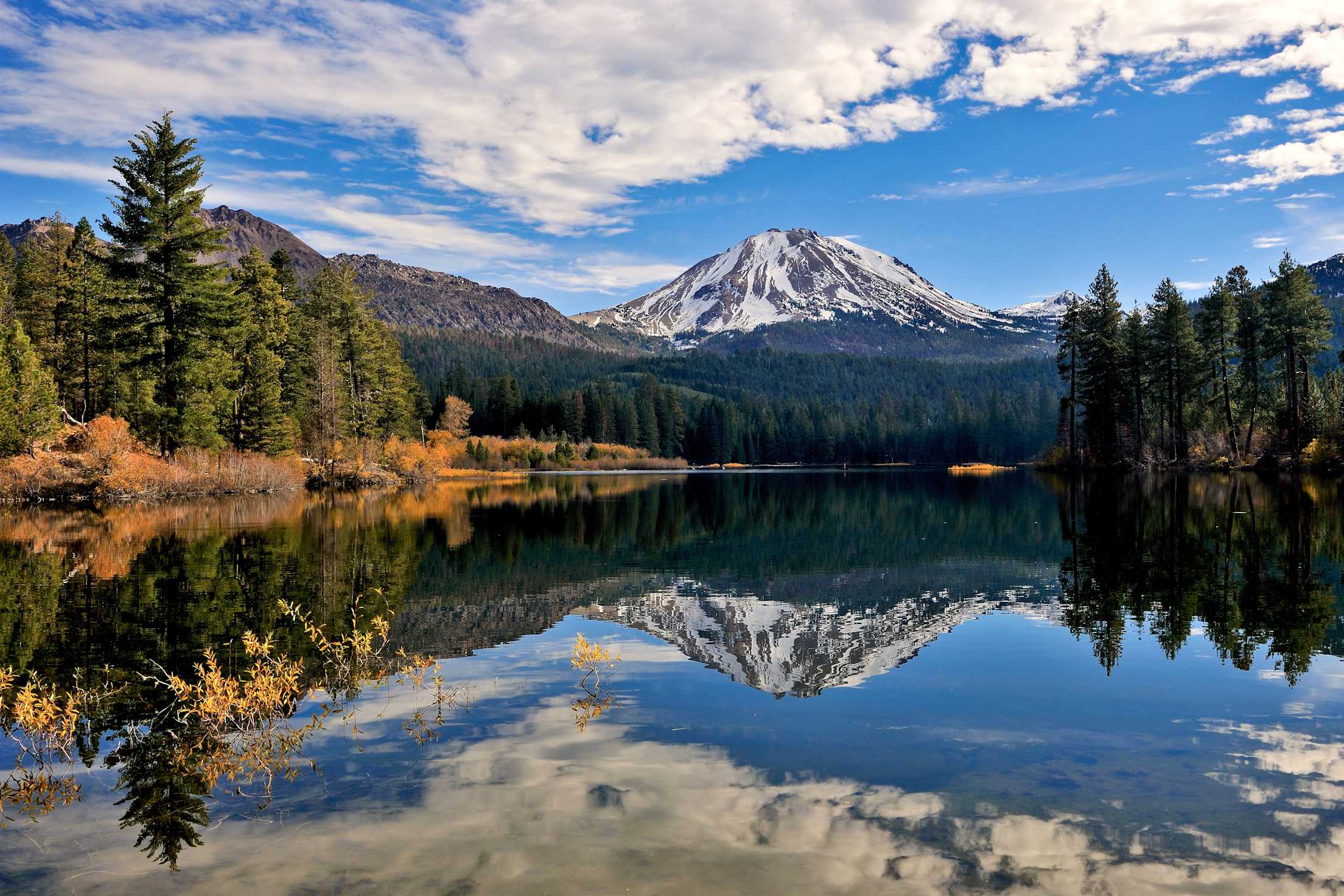
When you’re ready to head north into Lassen, be sure to pull over at the Kohm Yah-mah-nee Visitor Center to pick up maps and tips. From there, the main park road makes a half-circle around the towering lava dome of Mount Lassen, passing iridescent Lake Helen, the burbling mud pots of Sulphur Works, and the trailhead to Bumpass Hell, the park’s most active geothermal area, accessed via a 3-mile out-and-back hike. Lassen’s most recent eruption persisted from 1914 to 1917, and the destruction it wrought is still evident in the aptly named Devastated Area and the rock piles of Jumbles and Chaos Crags. Stop to watch the sunset reflected on Manzanita Lake’s glassy surface or stay even longer to gaze at the Milky Way glowing against one of the darkest skies of the continental U.S.
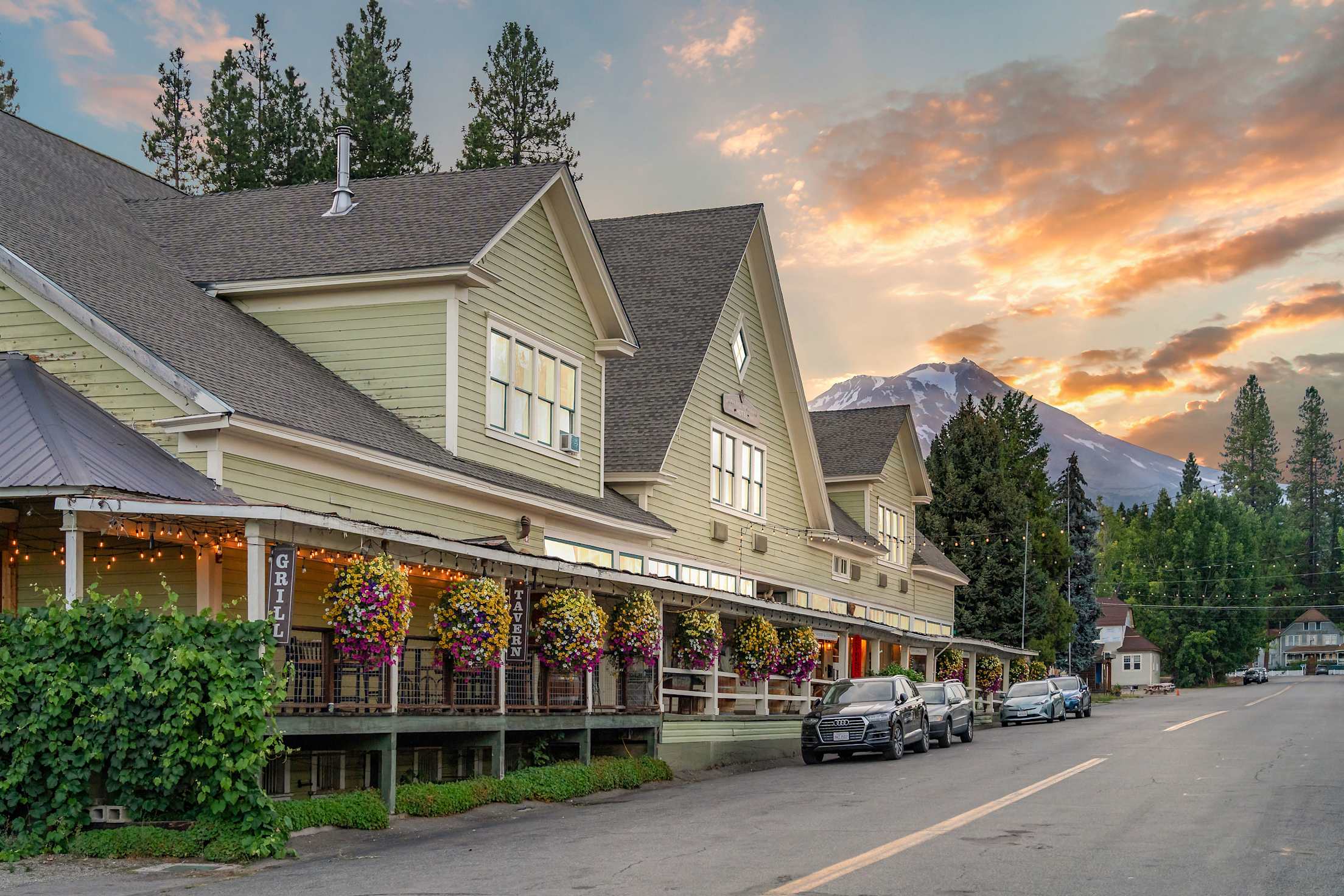
McCloud and the Medicine Lake Highlands
An hour and a half north along the byway, McCloud sits backdropped by glacier-frosted Mount Shasta. Take in views of the ever-present peak as you stroll past remarkably well-preserved clapboard cottages and filigreed Victorians from McCloud’s heyday as a company town for the McCloud River Lumber Company.
The 12-room McCloud Mercantile Hotel, housed in the block-long former company store, makes a hospitable home base. Snooze in one of the high-ceilinged rooms, outfitted with elegant antiques and well-thought-out conveniences, including access to a fully equipped kitchen.
Inside the hotel, the Butcher Block Grill nods to its history as the mercantile’s original meat market with savory rib-eye and New York steak plus comfort classics like beef stroganoff over mashed potatoes and chicken fettuccine.
Follow dinner with live music at the McCloud River B&B. Throughout the year, the venue hosts the McCloud River Mountain Music concert series, which features renowned roots musicians such as Grammy award–winning bluegrass pioneer Laurie Lewis and Irish folk legend Andy Irvine. Winter shows are held in the inn’s cedar-walled parlor while summer and fall shows take place on an outdoor stage tucked in a cedar grove.
Back at the McCloud Mercantile Hotel, a hearty breakfast can be found at Traci’s White Mountain Café. Tuck into hash browns stuffed with veggies, meat, and cheese, and grab a scone to go. Or walk a few blocks to Sojourn Coffee for housemade breakfast burritos, quiche, pastries, and biscuits. The coffee shop shares a cozy A-frame with McCloud Outdoors, where you can rent kayaks and other gear for your day’s adventure.
It’s a 45-mile drive up Medicine Lake Road (also listed on maps as the Volcanic Legacy Scenic Byway and the Modoc Volcanic Legacy Scenic Byway) to the lake’s sandy, pine-shaded shore. This is the heart of the Medicine Lake Highlands, newly designated as Sáttítla Highlands National Monument in January 2025. This long-anticipated designation protects nearly 225,000 acres of volcanic terrain sacred to the Pit River, Modoc, and other tribes, who have lived in and cared for these lands for millennia.
Within the park, you’ll find surreal volcanic terrain—from sweeping pumice fields that resemble dusty moonscapes to vast glass flows where black obsidian glints like shattered mirrors beneath your boots. (“Sáttítla” means “obsidian place” in the Ajumawi language of the Pit River people, who used the gleaming black glass to create arrowheads, blades, and other tools for thousands of years.) Clamber over the nearly treeless ridges of obsidian-crusted Glass Mountain, peer into Giant Crater’s cave-like lava tubes, and witness a raw geologic story still being written across the land.
From here the byway continues northeast to Lava Beds National Monument, providing dramatic views of Mammoth Crater and Mount Hoffman on the way. Note that this route includes 10 miles of well-graded unpaved road and typically closes due to snow by early November, so check conditions before you head out. An alternative route approaches the park from the northwest via Weed.
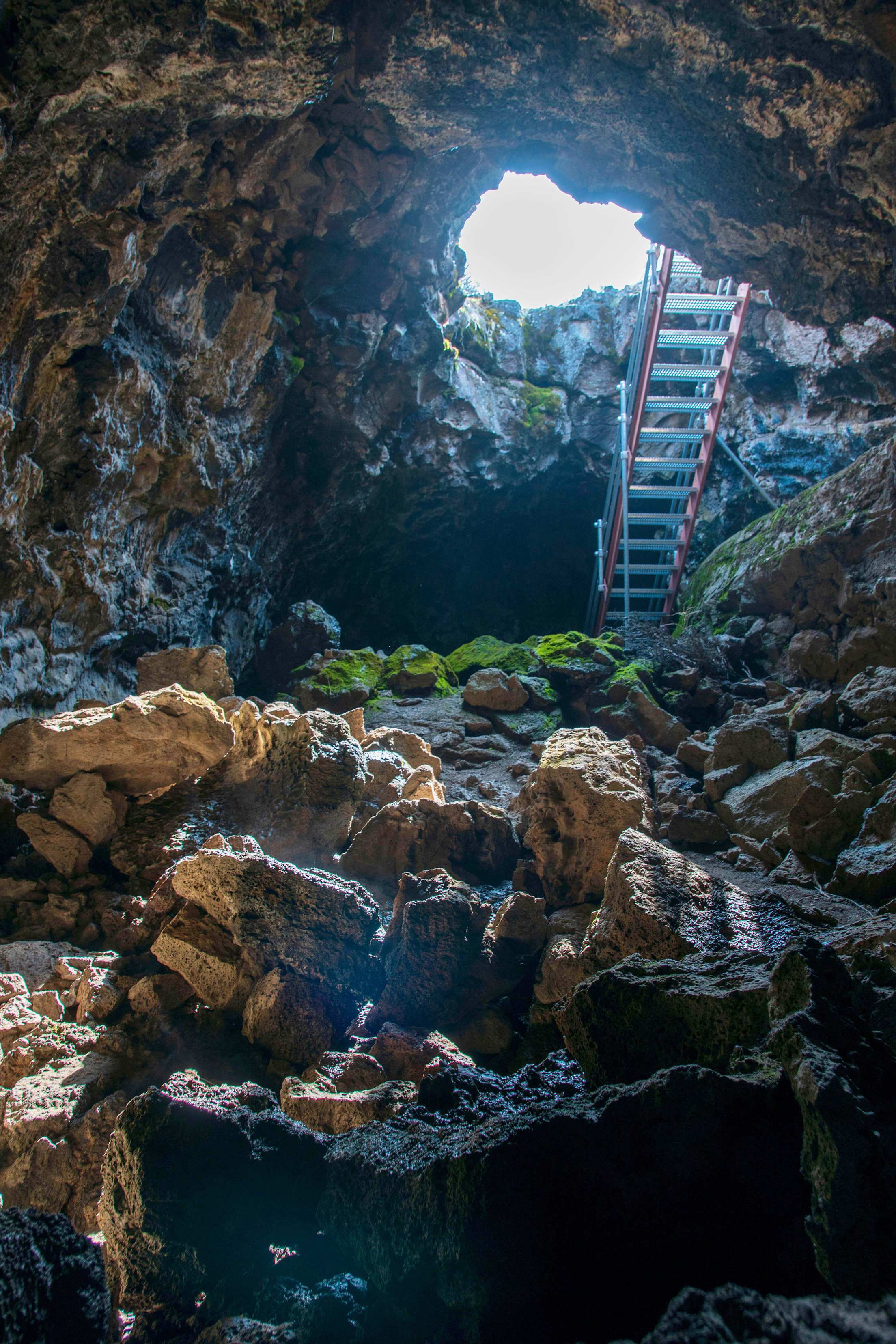
Lava Beds National Monument and Klamath Falls
Wander across the rugged top layer of an immense volcano at Lava Beds National Monument. Currently dormant, the Medicine Lake shield volcano has been shaped by repeated, low-energy eruptions—rather than explosive outbursts—for over half a million years. Its vast, low-slung slopes span roughly 850 square miles, setting it apart from its steeper Cascade counterparts, like Mount Shasta.
Beneath this gentle giant’s surface lies an underground labyrinth unlike any other. More than 800 lava tube caves, formed as molten rock cooled quickly around a still-flowing core, stretch deep into the Earth. Most visitors start their explorations at the 770‑foot-long Mushpot Cave. Outfitted with lights and interpretive signs, it’s a perfect introduction to volcanic cave geology. A flashlight or headlamp is a must for exploring the rest of the park’s less-developed lava tubes. Those eager to venture farther can pick up a map and required cave permits at the visitor center.
Before heading north out of the park, detour to Captain Jack’s Stronghold, the primary battleground of the Modoc War of 1872–73. A trail circles the craggy outcrop where the Modoc leader Kintpuash (aka Captain Jack) and some 60 warriors and their families resisted the U.S. Army’s attempt to forcibly move them from their traditional homelands to the Klamath reservation in Oregon. Outnumbered 10 to 1 by the soldiers, the Modocs fought for six months before being captured and executed or exiled.
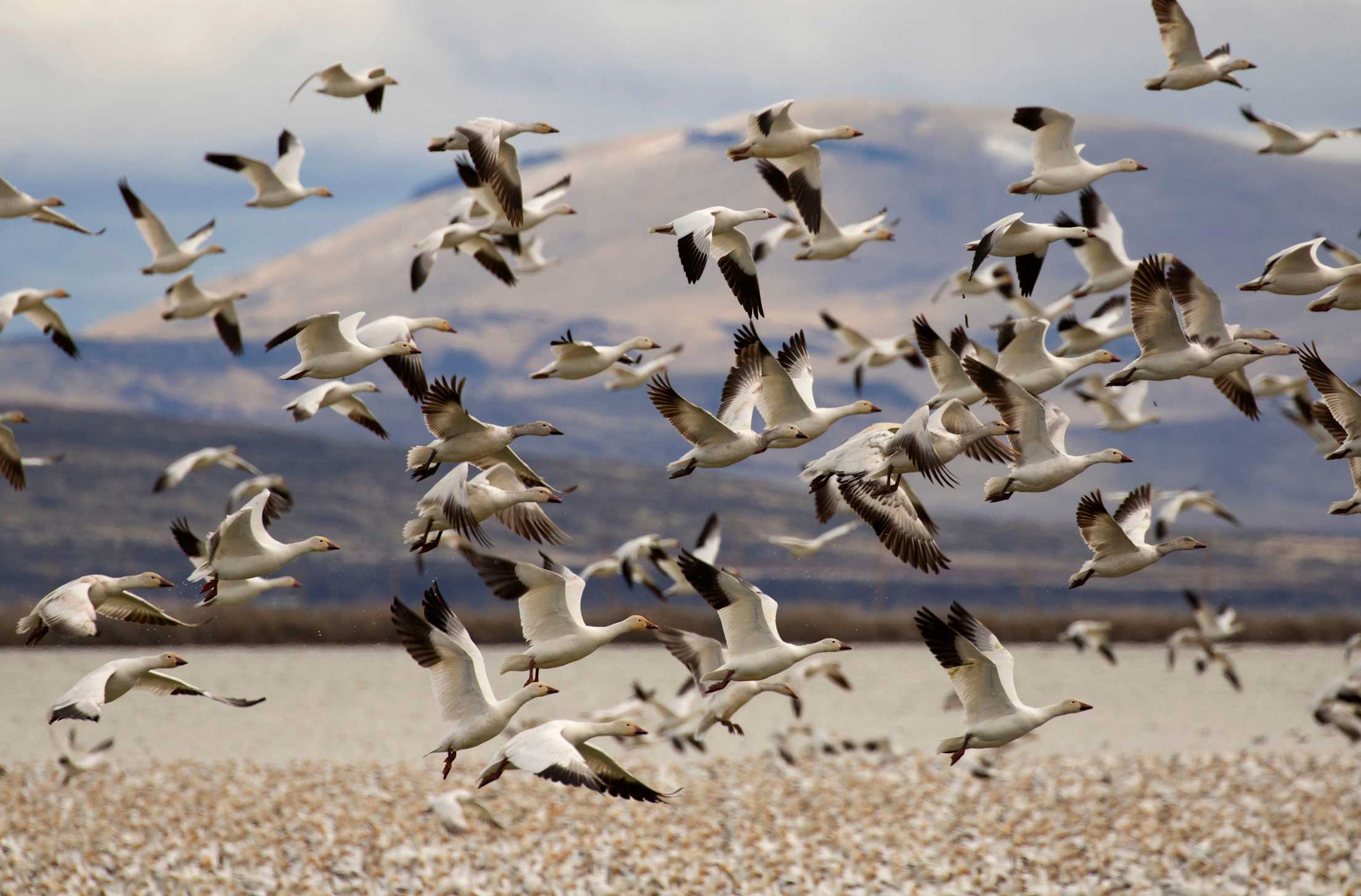
Just past the park’s north entrance, the Tule Lake National Wildlife Refuge hosts vast flocks of migrating ducks, coots, grebes, and geese, as well as shorebirds and the rare bald eagle.
From here, it’s a 45-minute drive across the Oregon state line to Klamath Falls, where the Running Y Resort encompasses 3,600 acres, complete with a golf course and nature paths on Upper Klamath Lake’s shore. The resort’s Ruddy Duck restaurant features globally inspired dishes, like tonkatsu pork, Tuscan cream pasta, and fried plantains.
Traveling south on the last leg of the Volcanic Legacy Scenic Byway, pause to admire the tumbling waters of the Klamath River. In 2024, the four hydroelectric dams that impeded the river for 75 years were removed, and the water now flows wild. Contemplating the river’s origins, which trace back to springs seeping from volcanic fissures, it’s easy to appreciate the powerful planetary forces that shaped this wild land—and to wonder what they have in store for the future.
AAA Members save up to 20% and enjoy exclusive benefits with Hertz.